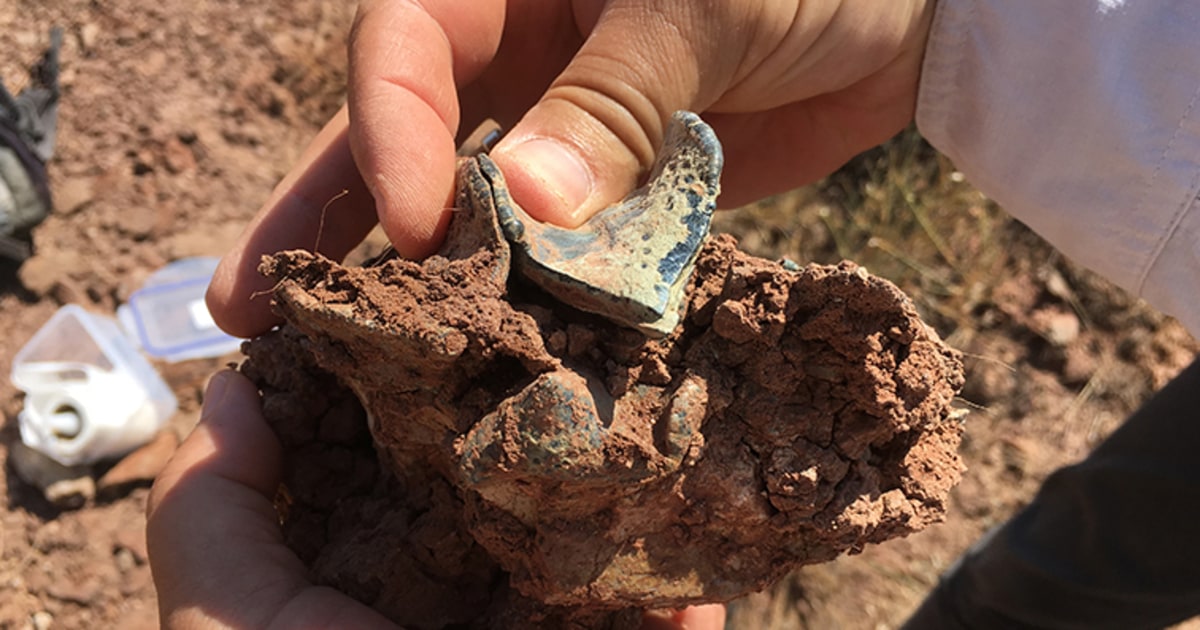
During the Eocene Epoch, which spanned 55 million to 34 million years ago, Europe and Asia were home to distinctly different types of mammals. At the end of the Eocene, however, there was a dramatic shift.
“A lot of animals that had been living in Europe for millions of years and were doing fine went extinct,” Beard said. “They got replaced by mammals that clearly had no ancestral forms in Europe.”
The discovery of fossilized remains with seemingly inexplicable origins suggested that the area had undergone profound paleogeographic changes over time.
“There were hints that something really weird was going on,” Beard said. “Some of the animals that were inhabiting Balkanatolia simply don’t occur anywhere else. And then the combinations of animals living there didn’t live together anywhere else.”
The scientists found that roughly 50 million years ago, Balkanatolia existed as an island continent, separate from its neighbors. The landmass had its own unique fauna, different from the animals that inhabited Europe and Asia.
Beginning around 40 million years ago, a combination of tectonic shifts, expanding ice sheets and fluctuating sea levels joined Balkanatolia first to Asia and then connected the continent to southern Europe, creating a giant land bridge across the region.
“At that time, the sea levels dropped by 70 meters [about 230 feet], which is huge,” said Alexis Licht, a scientist at the French National Center for Scientific Research, who led the study. “This event alone would have created many land bridges, and it’s the main hypothesis to explain the connection between Balkanatolia and Europe.”
Licht said fossils found in Turkey dating back 35 million to 38 million years ago also suggest that the flow of Asian mammals into southern Europe may have occurred earlier than was previously thought — up to several million years before the Grande Coupure extinction event. Among the Turkish fossils were jaw fragments from Brontotheres, a mammal that resembled a large rhinoceros that died out at the end of the Eocene Epoch.
“The site in Turkey helped confirm and validate our hypothesis because this time frame fits everything else we’ve found in the Balkans,” Licht said.
But while Balkanatolia helps paint a cohesive narrative of the distribution of mammals across Eurasia, many questions remain unanswered. For one, it’s not well understood what drove the tectonic shifts that altered sea levels at the time, causing parts of the lost continent to become submerged and then re-exposed.
The researchers are also hoping to find older fossils in the region, dating back more than 50 million years, which could shed light on Balkanatolia’s early history. These clues could help the scientists understand how the lost continent’s own collection of mammals got there in the first place.
“We have animals on Balkanatolia living side by side that never cohabitate anywhere else on Earth,” Beard said. “How did that happen? How did this strange, unique island get assembled?”
Source: | This article originally belongs to Nbcnews.com










